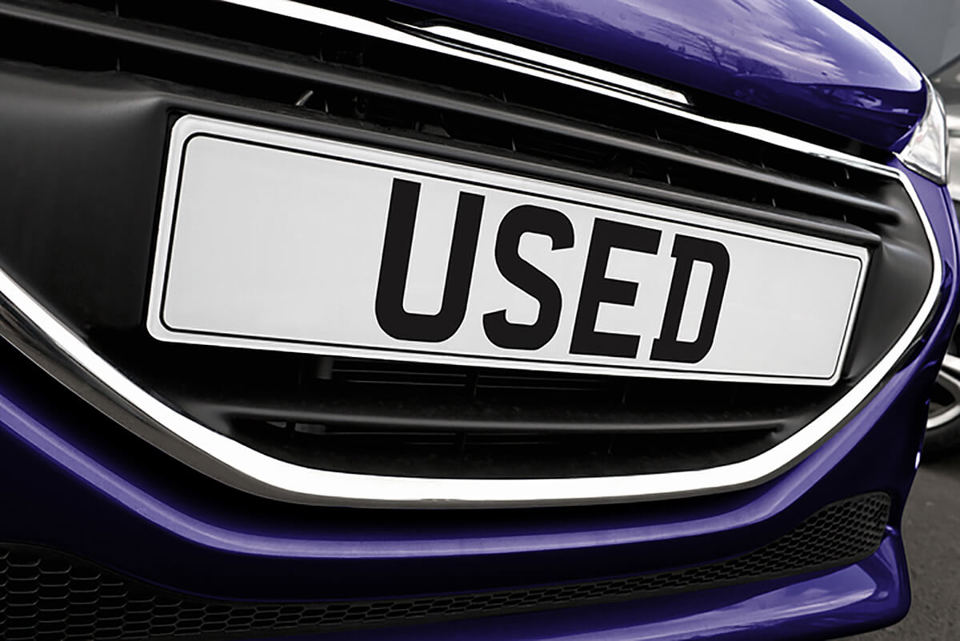In overall terms the used vehicle market in September and into early October has been quite strong with values reflecting reasonable retail demand against the continuing relative shortage of stock. Sale conversion rates in both physical and online channels are also up on the summer months.
Six months on from the Japanese tsunami, the effect on worldwide car production is now easing with deliveries starting to return to normality. With many outstanding orders now being fulfilled this is good news for the remarketing industry, as both fleets and private motorists will release much needed used vehicles back into the market.
Supply of nearly new stock from manufacturer’s activity remains quite low and this is certainly creating healthy trade demand for late plate vehicles. It is also underpinning the values of those two to three year cars with sensible mileages, which are being fought over by both franchised and independent dealers alike.
The leasing sector particularly is currently reporting strong demand with prices averaging close to 100% CAP Clean in September. However a general weakening in both auction conversion rates and values is expected in the weeks ahead, as more ex-leasing volumes return to market through October and November. This sentiment is also supported by the main price publishers who are predicting higher volumes in the short term, with a corresponding drop in values of 1% to 2 %.
In the world of online sales channels the news is, not surprisingly, that sales continue to rise. The increasing acceptance of the convenience of purchasing online, coupled to the efforts of the service providers to create maximum trust within the process is now paying dividends. Also, selective stock searching to fulfill sold orders by many dealers, who are still reluctant to invest heavily in speculative stock, plays perfectly into the hands of those channels where one click from an office can secure the vehicle you want.
The light commercial vehicle market continues unabated with high demand for used vans reflecting the current strong prices being achieved. Behind this phenomenon has certainly been the shortage of good light commercials, but also that many smaller businesses, ordinarily buyers of new vans, are still finding lines of credit hard to access and consequently turning to better-value used vans in the interim. Couple this to the demand from a reasonably buoyant self-employed, jobbing sector and you get a highly competitive market. Any fleet operator that has extended their current replacement cycles for vans could do worse than replace their vehicles in this current environment.
Interesting observations from VRA members involved in the final stages of the life cycle i.e. scrap and salvage, shows that vehicles often considered worthless actually have some real value. Demand in the UK for heavy-accident vehicles from professional repairers is currently good and the values being achieved for reusable components from salvage vehicles such as alloy wheels, leather interiors and, in particular, fully working catalytic converters are high.
Finally, some almost inexplicably high prices recently being achieved for certain younger used cars from German stables has been put down to exporters fighting over vehicles ideal for markets such as Malaysia and New Zealand. However, whilst export markets are certainly always interesting sales channels, the VRA is cautioning anyone, not entirely conversant with these very narrow parameters of supply and demand, to steer well clear as many professional dealers are still scratching their heads over it.



















Login to comment
Comments
No comments have been made yet.